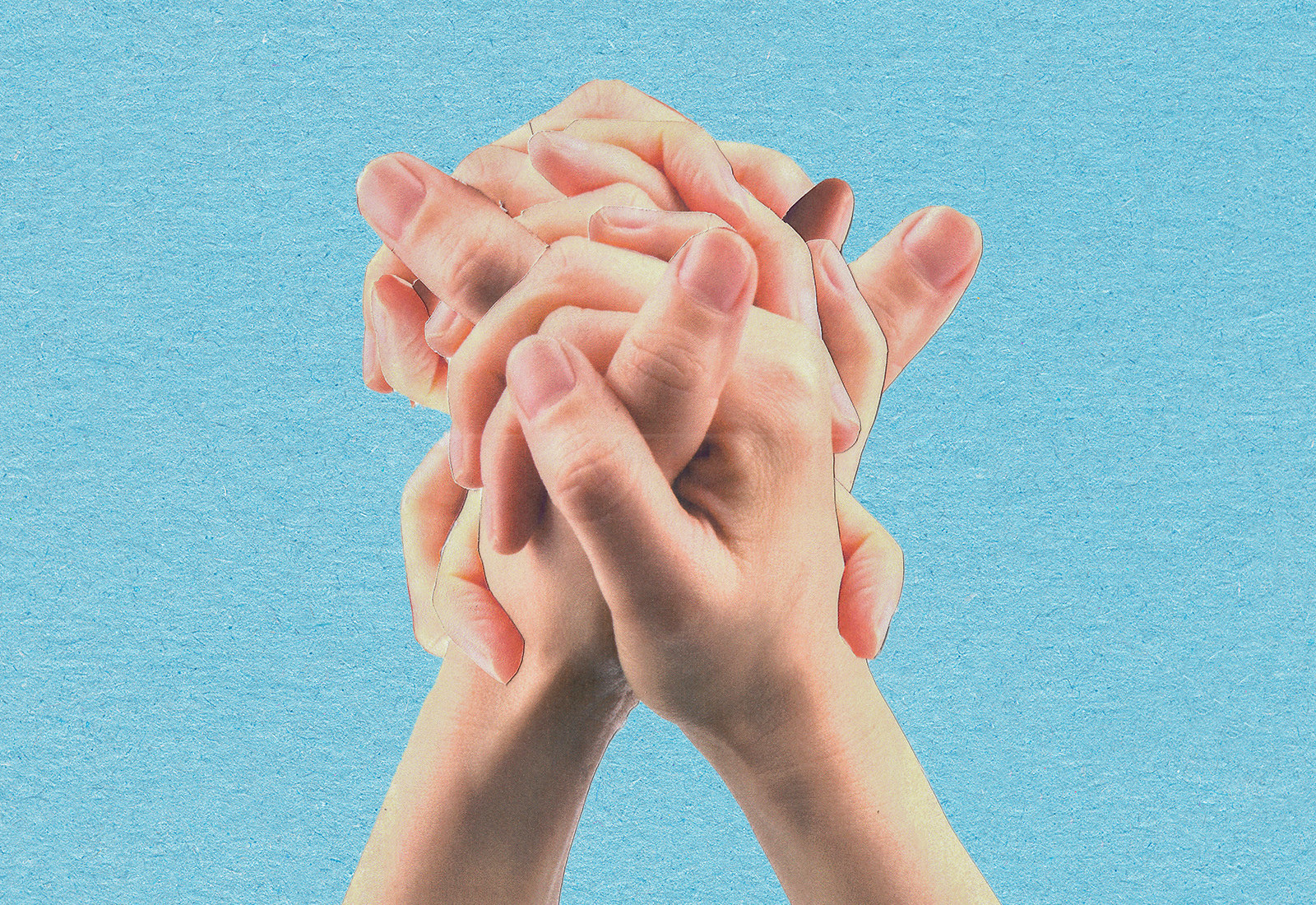Throughout human history, we have been dependent on machines to survive. Fate, it seems, is not without a sense of irony — Morpheus, The Matrix
In my last blog post, I touched upon some of the interesting questions surrounding generative AI, and the contradictory perspectives surrounding its impacts on the creative industry and online information sharing. In this blog post, I am to dive a bit deeper into perspectives surrounding AI’s potential to bring about the apocalypse or a genesis of a new age.
To preface, there are three main perspectives on this topic:
- Humanists: believe that AI will be the end of us all fall into this category, generally believe that the end of times is coming.
- Trans-humanists: Believe that AI will empower humanity to move beyond the physical limitations and move onto the next stage of evolution.
- Machine-Learning Engineers: AI has the potential to bring about both outcomes. They continue to develop AI models, deeming the risk negligible or not. A 2022 survey found that over half of machine learning experts think the the chance that AI leads to “human extinction or similarly permanent and severe disempowerment of the human species” is greater than 10%.
These categories aren’t static; over the decades, the percentages of people belong to each category has shifted as technology develops and we become more accustomed to what is normal.
A great reflection of this development is the difference between the original Matrix trilogy and the recent addition of Matrix Resurrections.
In the original trilogy, the robots have taken over and humanity has been reduced to livestock, sources of electrical energy to power the robots. It is a clear war between humanity and machines, good versus evil — no exceptions.

Final Scene from the matrix, Neo(left) fighting against Agent Smith(right), representing the fight between individuality and conformity, humanity and machine.
This clear distinction is no longer reflective of our current perspectives on technology.
Two years ago, Matrix Resurrections was released (18 years after the finale of the original trilogy). In those 18 years, much has changed in reality: people have numerous devices, iPads and chrome books have become a “standard” in education, all work is done online, and social media has become the main way we interact with people.
All of these changes have contributed to a gradual shift in the way we perceive technology and our future with it.
This development is apparent in Matrix Resurrections by the presence of good AI individuals assisting and living in harmony with humans — cooperation and cohabitation is possible.

Scene from Matrix Resurrections. On the right is a physical representation of an AI individual working in a garden alongside humans.
Instead of an oppressive dystopia that only allows for one to come out on top, we’ve readjusted our vision of the future as a cooperative one, based on the integration of man and machine in the present.
In a sense, life as we knew it in 2003, when the last matrix movie came out, has faced an apocalyptic event. Life as we knew it drastically changed into the technological world we have today. For better and for worse.
Technology enabled us to adapt to Covid-19 and continue to function (somewhat) as a society. However, it has also alienated and isolated us from each other, leading to increased levels of anger and frustration.
Society has developed into a blend of cautious trans-humanists: the original matrix messages are still in the backs of people’s minds, but we shed aside those worries and fears for the benefits that technology reaps — a future of coexistence is feasible.
I believe that the numerous benefits of artificial intelligence and generative AI far outweighs the downsides: healthcare, drug development, gene therapies, more efficient energy solutions, space exploration, etc. Not every problem or field is one where an “AI solution” is necessary.
I believe that the most likely outcome of the developments is that generative AI will change the very foundations of life as we know it, we shall face another apocalyptic event, just as we did over the gradual shift the past 20 years.
The development and commoditization of technologies (personal and work devices) has caused the “apocalypse” for the original matrix theory; people and technology have become so integrated that it would be near impossible a feat to undo it without irreparable harm.

